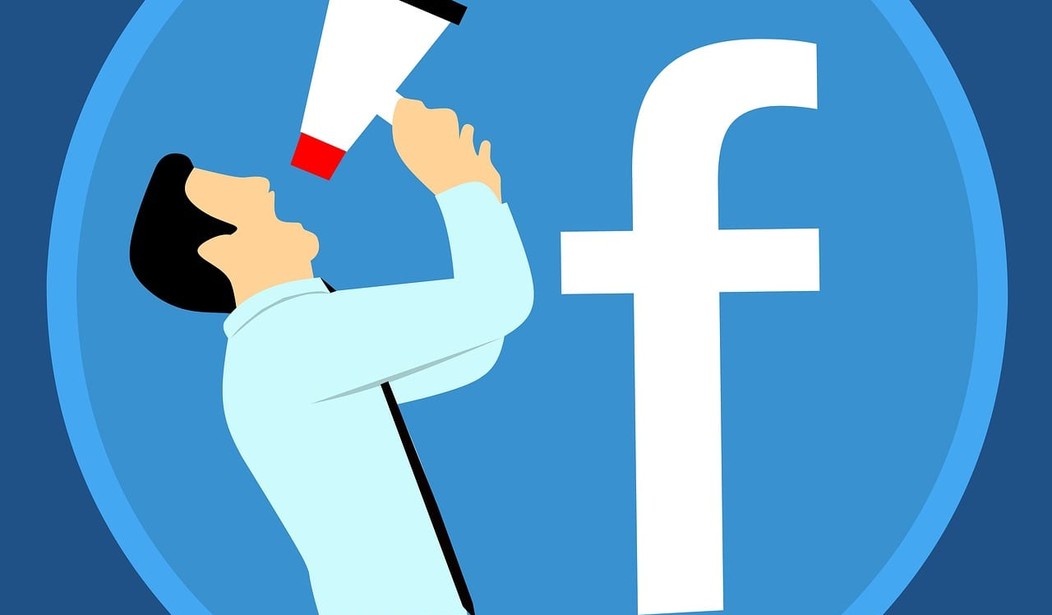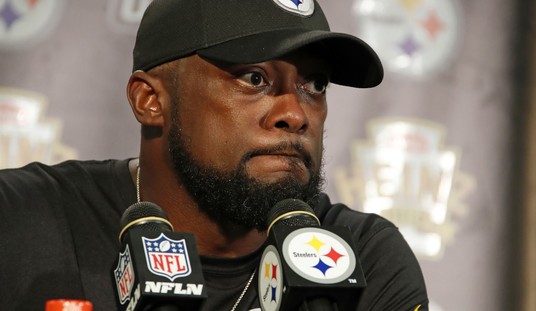I don’t think Facebook can make a big enough “like” button after announcing its plan this week to allow users to turn off political advertising. The decision, however, is definitely leaving some political consultants yearning for some “care” emojis to come their way.
The move by Facebook (and Instagram) to allow users to silence political ads comes ahead of what will once again be a record-setting cycle for campaign spending. With digital advertising taking up a larger and larger chunk of the funding pie, could this new move put a kink in campaign ops this cycle?
Earlier this year, Twitter announced it would not allow any political advertising on its site. Not exactly shocking considering the litany of criticisms against the platform that continually silences various political and nonpolitical voices.
Google, another perennial favorite for conservative pundits, is also limiting the ability to target voters specifically. Advertisers will be able to use regional tags for blanket advertising to voters. The loss of precision, however, will invariably lead to more money being spent in order to increase saturation among likely voters.
Over the last 10-plus years, Facebook has been the premier advertising platform with unparalleled microtargeting abilities (being able to target a voter down to their income, interest, and voting locations.) And while those top-flight tools will still be available, their efficacy is now being called into question. Political consultants are considering whether and how to spend more scarce campaign dollars on their digital budgets while remaining effective with those crucial funds.
Unfortunately, not all campaigns are equipped with top-dollar social media companies guiding these decisions. What are these down-ballot folks going to do?
The good news is there are still plenty of tools available to help campaigns deliver on messaging. While this is not all-inclusive, these tips are a good starting point for any low-budget campaign that wants a big response on the road to November 3rd.
- Don’t panic: The details of the accessibility of the silencing function for political ads is still unclear. Users in the coming weeks will have the ability to access this feature through their settings. If that remains the case, then there will be a healthy portion of users who will never turn off political ads, which means it will have little effect on subduing your potential reach.
- Digital is still the new frontier: Streaming services are becoming easier to access for political advertisers and reach younger voters (ages 18–45). If you have the means, putting a commercial on YouTube, Hulu, AmazonPrime and other video streaming services will be more affordable than a lot of TV markets. Audio isn’t just for the radio anymore as services like Spotify and Pandora expand its digital advertising offerings.
- Digital Grassroots: Blockwalking campaigns provide amazing value, especially when led by an inspiring candidate. With the COVID-19 response, however, those programs remain questionable for the remainder of the cycle. Phone banking is a substitute, but questions have long surrounded the efficacy of these programs. What’s next? Digital grassroots: activate your supporters by having them send text messages with campaign messaging to their friends. Have them share or post content to their social media platforms, which won’t be blocked by Facebook’s silence setting for political ads. Use the same network of supporters to help Get Out The Vote from the comfort of their couch.
- Emails: For some, their email accounts are nothing more than a File-13 for unwanted interactions. Recent research conducted by private firms, however, has shown that email is the preferred method of contact for this cycle. That is followed closely by social media, with door-knocking or phone banking settling at the bottom.
There are more and more ways for campaigns to engage their supporters as new social media platforms come online (Snapchat and TikTok are still emerging contenders.) The coronavirus response has also led to a flood of new podcasts, giving campaigns more third-party platforms to deliver their messaging.
And let’s not forget that Facebook still has a number of tools — including the very popular and effective Facebook Live feature — that can help candidates get in front of voters and have meaningful conversations.
It’s like great-grampa always used to say: “When Zuckerberg closes a door, the internet builds another one. Use it.”
___
About the Author
Jordan Overturf is a Central Texas-based communications consultant with campaign and policy experience stretching from Austin to New York City. A former award-winning journalist-turned-politico, Mr. Overturf serves as the Communications Director for the Texas Young Republicans Federation and is the host of both official podcasts for the Texas YRs and Republican Party of Texas, “The Big Texas Podcast” and “Let’s Talk Texas.”









Join the conversation as a VIP Member